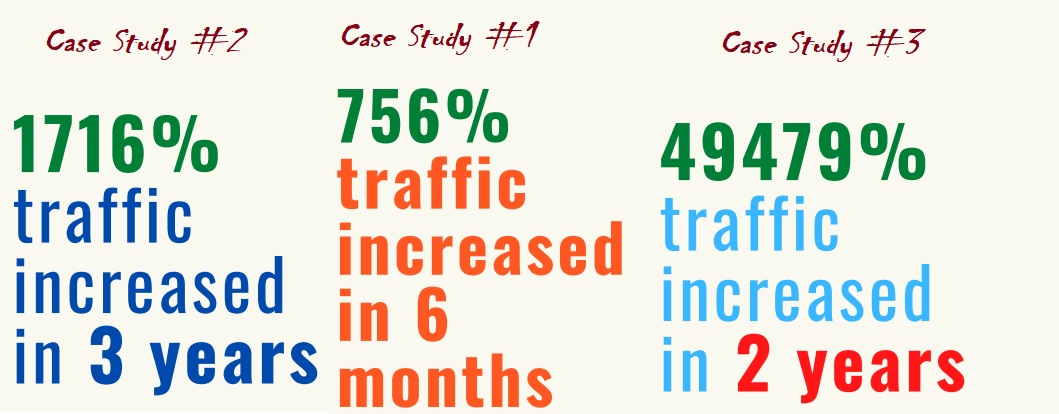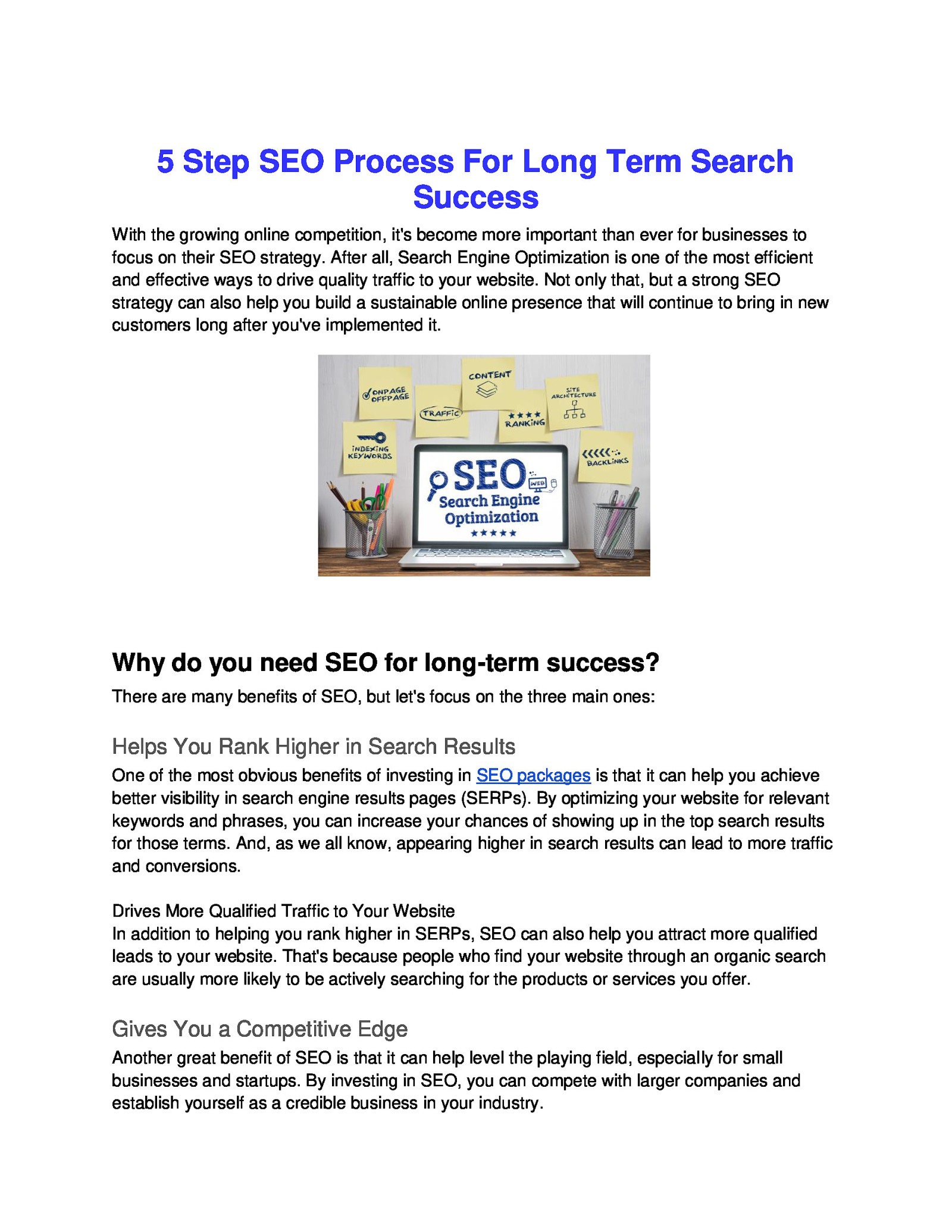
Internal linking improves search engine rankings. Visitors can find the most useful and valuable articles on your site by linking to it through internal links. Google and users can easily understand your website if they follow these guidelines. Internal linking is also a way to create relationships within your site. Our articles provide more information about internal linking. You'll be happy you did. A healthy website is one that has links to related content.
Anchor text for internal hyperlinks
Varying anchor texts is the best method to use them for internal linking. The more relevant an anchor text is to a page, search engines love it. However, you should avoid using the same anchor text over again, as Google has stated that this practice will usually not have any effect on your site. Use other anchor texts that emphasize a keyword or phrase. Here are some tips on choosing the right anchor texts:
Internal links should use optimal anchor text

The use of a specific type of anchor text is essential when it comes to establishing a high ranking in search engines. Anchor text refers to the link that directs users towards another website. It is used to improve a page rank using relevant keywords. There are eight types of anchor text available: Exact (Phrase and Partial Match), Branded (Random), Random (and Image). The context of the site and the target page will determine the best type of internal link.
Here are some ways to find broken internal link
Whether you are looking for internal or external links on your website, you will want to find them as quickly as possible. Broken links on a website could indicate a range of problems. You may have moved a link or deleted it, or it could simply be that the link is broken. There are many ways to locate broken links, regardless of the reason. The first thing you need to do is conduct a site audit.
For internal linking, identify topic clusters
SEO requires you to identify topic clusters. Topic clusters provide a structured view of a topic. Readers can start with the sub-content and work their way up to the main topic. Because the pages can be viewed separately, each page can be viewed independently. A topic cluster is an excellent way to increase your SEO efforts. Learn how to create topic groups on your website.
Implementing a topic-cluster strategy

The topic cluster strategy can be used to direct your visitors to the relevant content on your site. Internal links, unlike traditional linking, should guide your audience along a path, directing them towards the content they desire. Google Analytics is a great tool to help you gauge the success of your topic group strategy. You can see where there are content gaps as well as where users are going. While it's not an easy task to develop and implement an internal link strategy, it can help you generate significant traffic and convert visitors.
FAQ
Is link building still relevant to SEO?
Link building will always be essential. However, how you approach this today is quite different to how it was done 10 years ago. Finding customers and making sales is today's greatest challenge for any company. Search engine optimization is where you come in.
Social media has become a key tool for businesses. Content marketing strategies have also become very important. Google penalizes websites which have too many links to their sites. This makes sense since if your links are to numerous other websites, you probably have nothing new on your site that is worth looking at.
These factors show that link building has lost its value in ranking your site.
How often do you need SEO?
Maintaining your links properly will mean that you won't have to run SEO campaigns or update them often. But, if you neglect to maintain your links and rely solely upon organic traffic, you might lose out on potential clients.
Small businesses are advised to have their SEO updated monthly. For larger companies, quarterly updates might be necessary.
What are the most effective tools for SEO on-page?
The best tools for on-page SEO are video embeds, image alt tags, structured data markup, and internal link structure. Learn more about these topics in this article.
Link building can help me improve my ranking.
Link building is the process of creating high-quality backlinks to your website. It's important to ensure that websites linking to yours are relevant for your business. The more authoritative and unique the link is, the better.
Statistics
- Sean isn't alone… Blogger James Pearson recently axed hundreds of blog posts from his site… and his organic traffic increased by 30%: (backlinko.com)
- Deleting those 10k pages is one of the main reasons that he improved his site's organic traffic by nearly 90%: (backlinko.com)
- : You might have read about the time that I used The Content Relaunch to boost my organic traffic by 260.7%: (backlinko.com)
- These guides are designed and coded 100% from scratch using WordPress. (backlinko.com)
- 64% of marketers actively create SEO campaigns because they help hit multiple key performance indicators (KPIs), including increasing traffic, helping your site rank for relevant keywords, improving your conversion rate, and much more. (semrush.com)
External Links
How To
How do I create my first blog?
It's simple! WordPress is an excellent tool for creating a blog. WordPress allows users to easily modify the look of their blogs, including adding themes, changing colors and customizing the layout. You can also use plugins to change the appearance of your website based on visitor activity.
There are many free templates you can download from WordPress.org. You also have the option to purchase premium templates. Premium templates can include additional pages, plugins, or advanced security features.
After you have downloaded the template, you will need to sign up to a free hosting account to upload your files to your blog and manage it. Many hosts offer free accounts, but there are often restrictions on how much space you can use, how many domains you can host and how many emails you can send.
If you plan to use more domain names, you will also need to purchase separate email addresses. This service may be charged by some hosts.
You might be new to blogging and wonder why it is worth paying to have your blog hosted online. Hosting companies offer unlimited storage, so your files won’t be deleted even though you delete them accidentally.
Many hosts also let users host multiple domains, meaning you could have several different sites under the same hosting package. It is possible to avoid multiple email accounts by registering for one interface, allowing you to manage all of your sites from the same place.
Some hosts provide social media sharing buttons to their dashboards. This allows visitors and users to quickly share posts across the Internet.
You can usually manage your blog through the tools offered by hosting providers. You can check your site's performance statistics, see how many visitors each post has received and compare your traffic to similar blogs.
These tools can make managing your website easier and quicker, so it's worth taking a look at them before you commit to a hosting plan.
To sum up:
-
Choose a topic relevant to your business;
-
Create engaging content;
-
Optimize your site using SEO techniques;
-
Promote your site using social media channels;
-
To make necessary changes, keep an eye on your statistics.
-
Don't forget to update the blog often.
The bottom line is to create great content, promote it effectively and measure its success.